13 design-led ways to tackle climate change at WDCD
Climate change is predicted to have catastrophic consequences across the globe. That’s why annual design conference What Design Can Do – in partnership with IKEA Foundation and Autodesk Foundation – launched the Climate Action Challenge, a global competition inviting creatives to use design to combat climate change and its impacts.
Some 400 proposals for helping communities adapt to climate change were submitted from 70 countries across the world. 13 winners were selected to enter a six-month accelerator programme – and the final projects were today presented at What Design Can Do, here in Amsterdam.
The Climate Action Challenge is the latest international online design challenge set by What Design Can Do. The event doesn’t just invite leaving experts to speak about using design as a solution to the world’s biggest challenges - each year it launches a new challenge and invites the global creative community to participate.
Here are the 13 winning projects - along with the lessons each team learned while turning their ideas into prototypes and business models. Read on to find out how 13 design teams translated a gigantic world problem into tangible products and services…
01. Dronecoria

- By: Lot Amoros
- Country: Spain
- Approach: Products and spaces; Systems
Dronecoria is an automatic reforestation project that uses customised DIY drones to disperse seeds. The jury appreciated the open source and readily applicable aspects of this project, which brings reforestation into the 21st century, while mimicking nature’s most efficient way of spreading seeds: through the air. In a world where we lose 27 million trees each day, anything that helps to plant new ones is more than welcome.
02. Artificial Glaciers
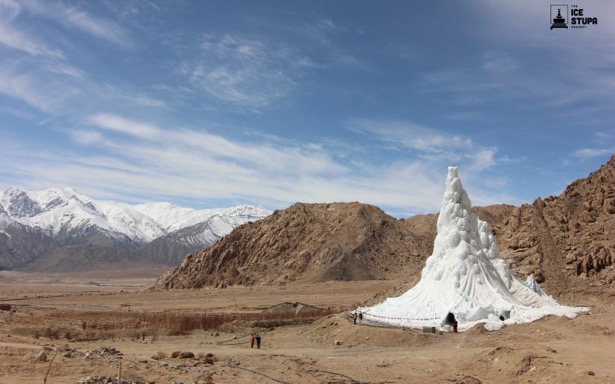
- By: Suryanarayanan Balasubramanian
- Country: India
- Approach: Products and spaces
Artificial ‘ice stupas’ store glacial meltwater in a form that makes them melt slower in spring, so that water is available when it’s most needed. To store winter for use in the summer is as unexpected as magic. This project is practical and poetic at the same time.
03. Desolenator
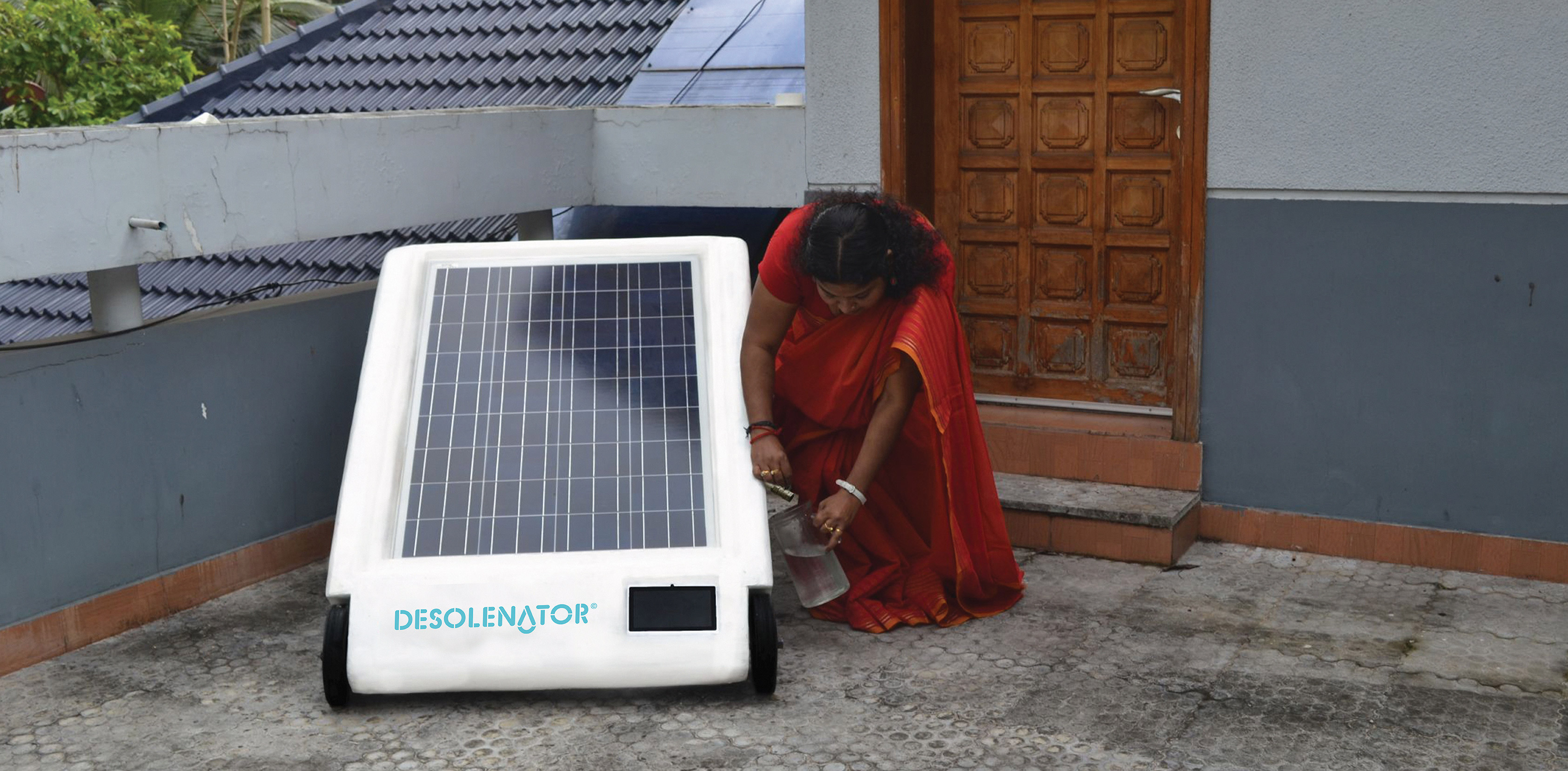
- By: Louise Bleach
- Country: UK
- Approach: Products and spaces; Systems
This device offers a centralised solution to make water abundant in places where it’s a scarce commodity. It uses the almost infinite power of the sun to turn sea water into drinkable water, which is a key aspect in adapting to climate change. The jury couldn’t resist the company’s goal to make one million people water-independent in its first five years of operations.
04. Backpack radio station
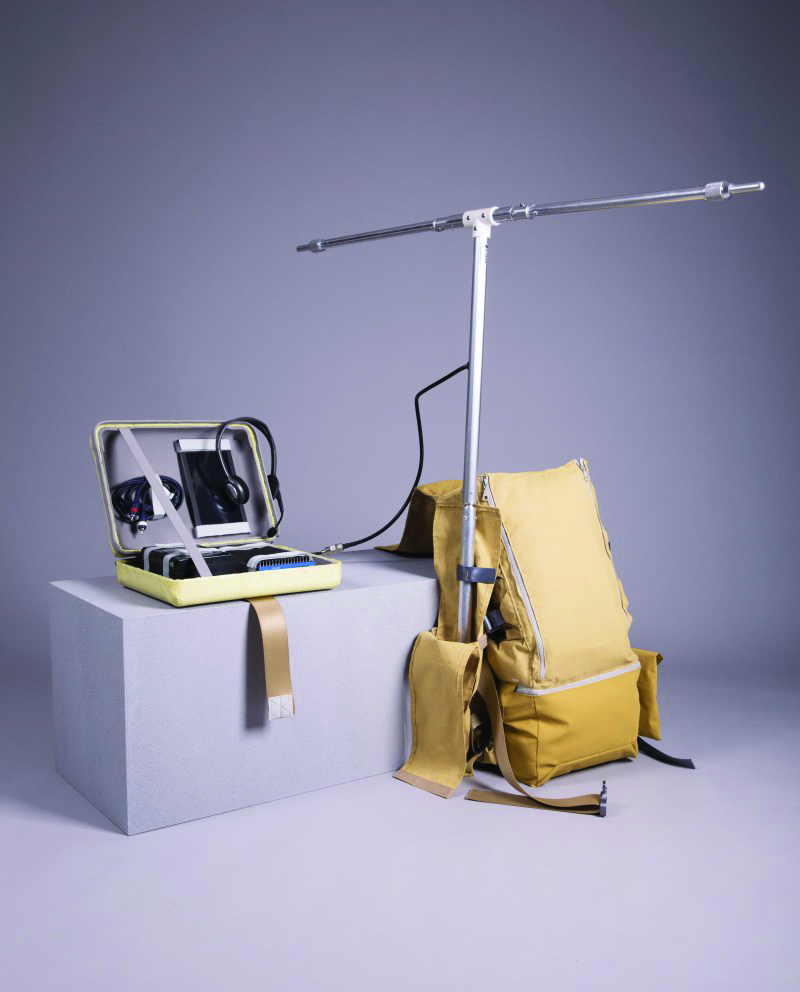
- By: Iman Abdurrahman, Studio Joris de Groot
- Country: Indonesia
- Approach: Products and spaces; Services; Systems
This portable radio station could be a life-saver in remote places where local communities are at the mercy of the forces of nature. The mini radio station and its accompanying mini database can help remote communities become more resilient before, during and after natural disasters, which we will see more and more due to climate change.
05. Nivara
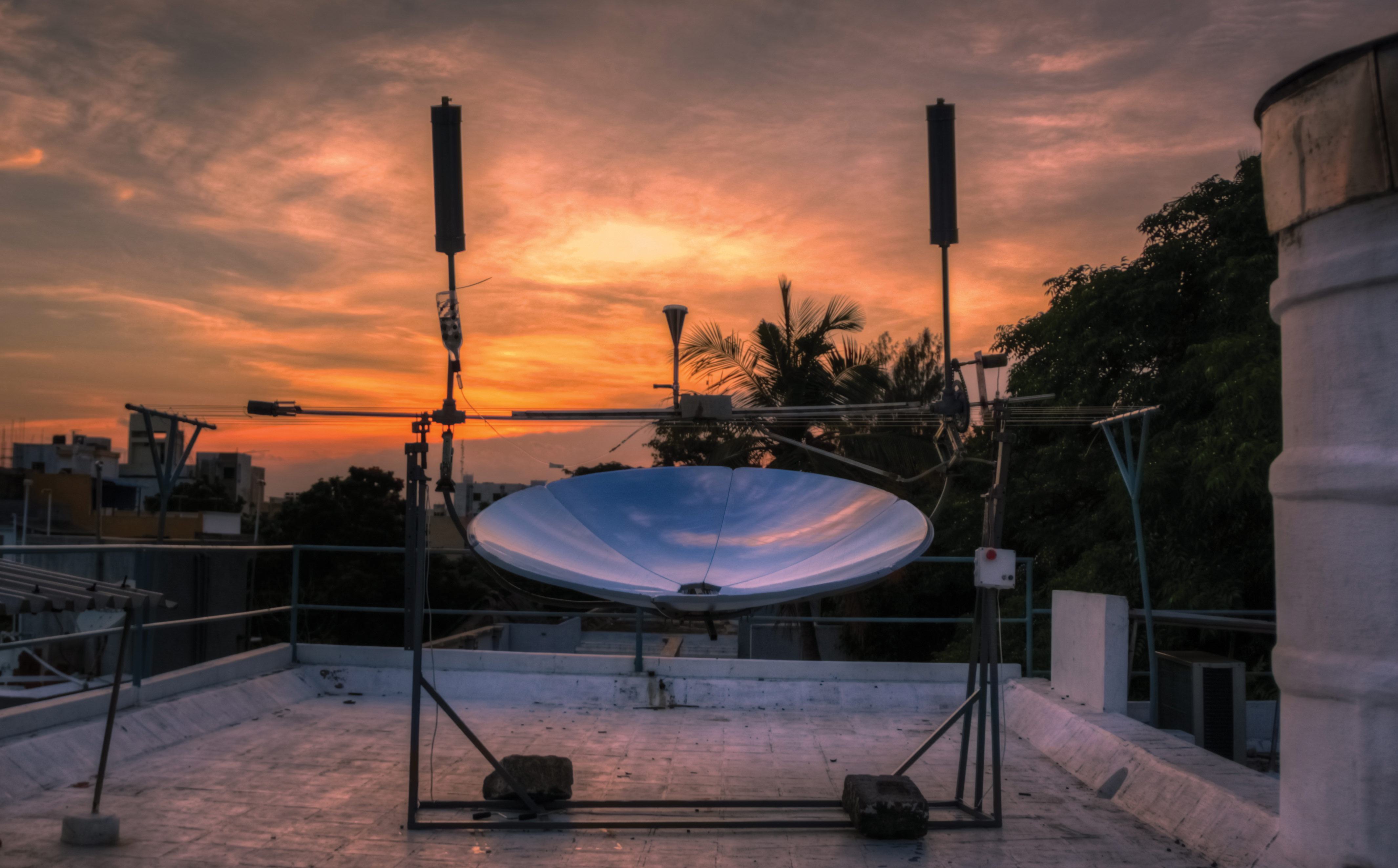
- By: Eric Smith, Pushan Panda
- Country: US
- Approach: Products and spaces
This open source do-it-yourself solution makes carbon for water purification out of locally available biomass. It’s a really simple solution for an important problem. Thermal solar is still terribly underused even though it has huge potential as a tool for adaptation to climate change, so this project is willingly welcomed by the jury.
06. The Children’s Scrappy News Whether Report
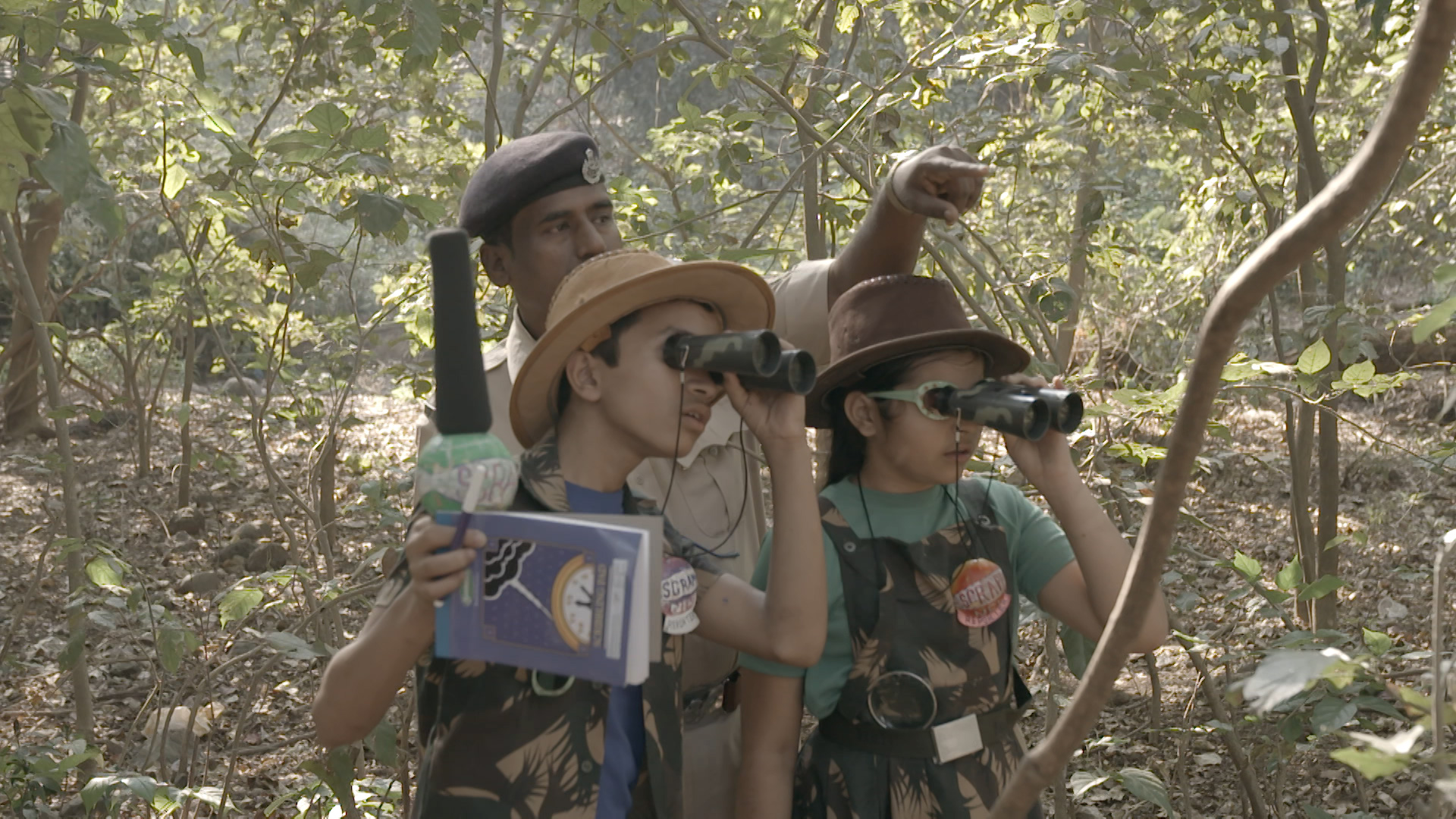
- By: Lisa Heydlauff
- Country: India
- Approach: Communication
This project struck the jury with its clever execution and the energy of the team behind it. It takes the weather report as a starting point for a child’s view on how we should adapt to the changing climate. This ‘Sesame Street for climate adaptation’ puts children in the driver’s seat and might just be an antidote for a world that’s worn down by fake news.
07. Powerplant
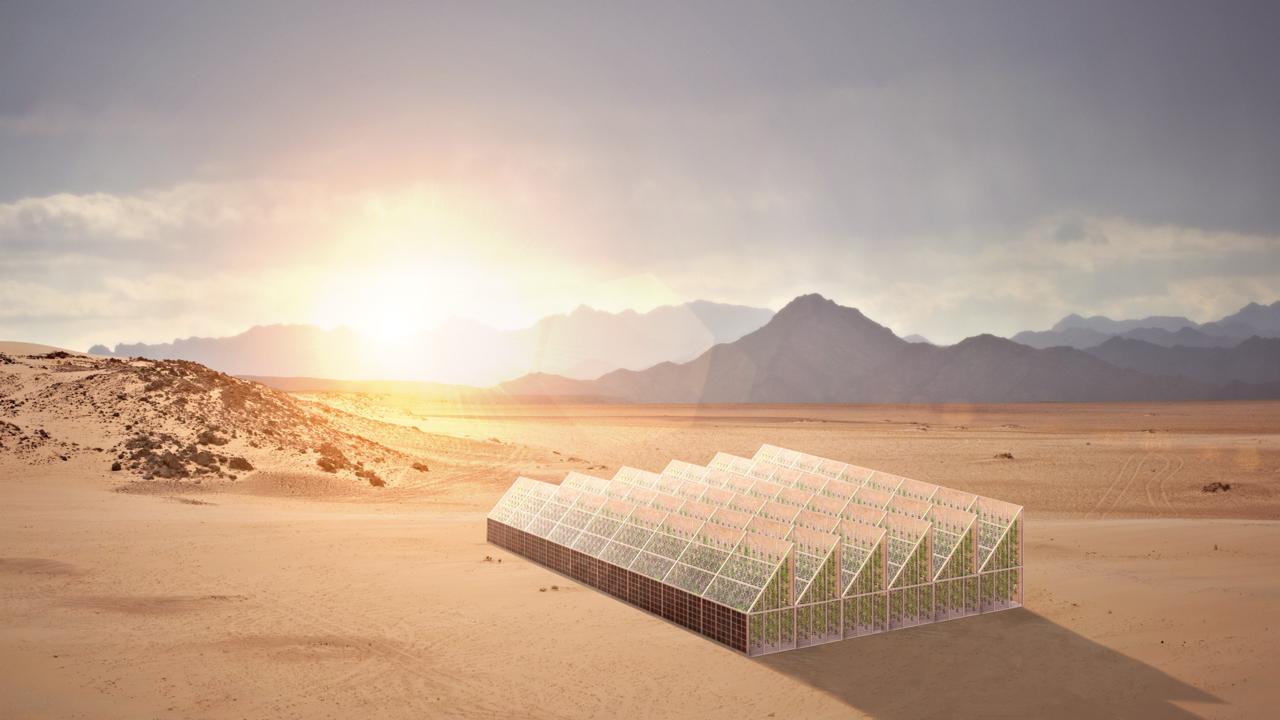
- By: Marjan Van Aubel
- Country: Netherlands
- Approach: Products and spaces
This is a greenhouse that doesn’t just grow food – it also harvests energy from the sun. It’s a beautifully disruptive project ticking all the boxes by bringing together design, technology and engineering. By reimagining something that already exists, this project can turn around an industry that’s extremely energy consuming.
08. Free Wind

- By: Cassandra Seah, Nik Halim, Amber Lim
- Country: Singapore
- Approach: Products and space
This project is at the core of the challenge as it addresses a problem that affects the poorest in the world the most. Heatwaves make thousands of victims in slums. This affordable retrofit acts as unplugged air conditioning, demonstrating that often the simplest solutions can be the most effective.
09. Keepers: rainforest lab and kitchen
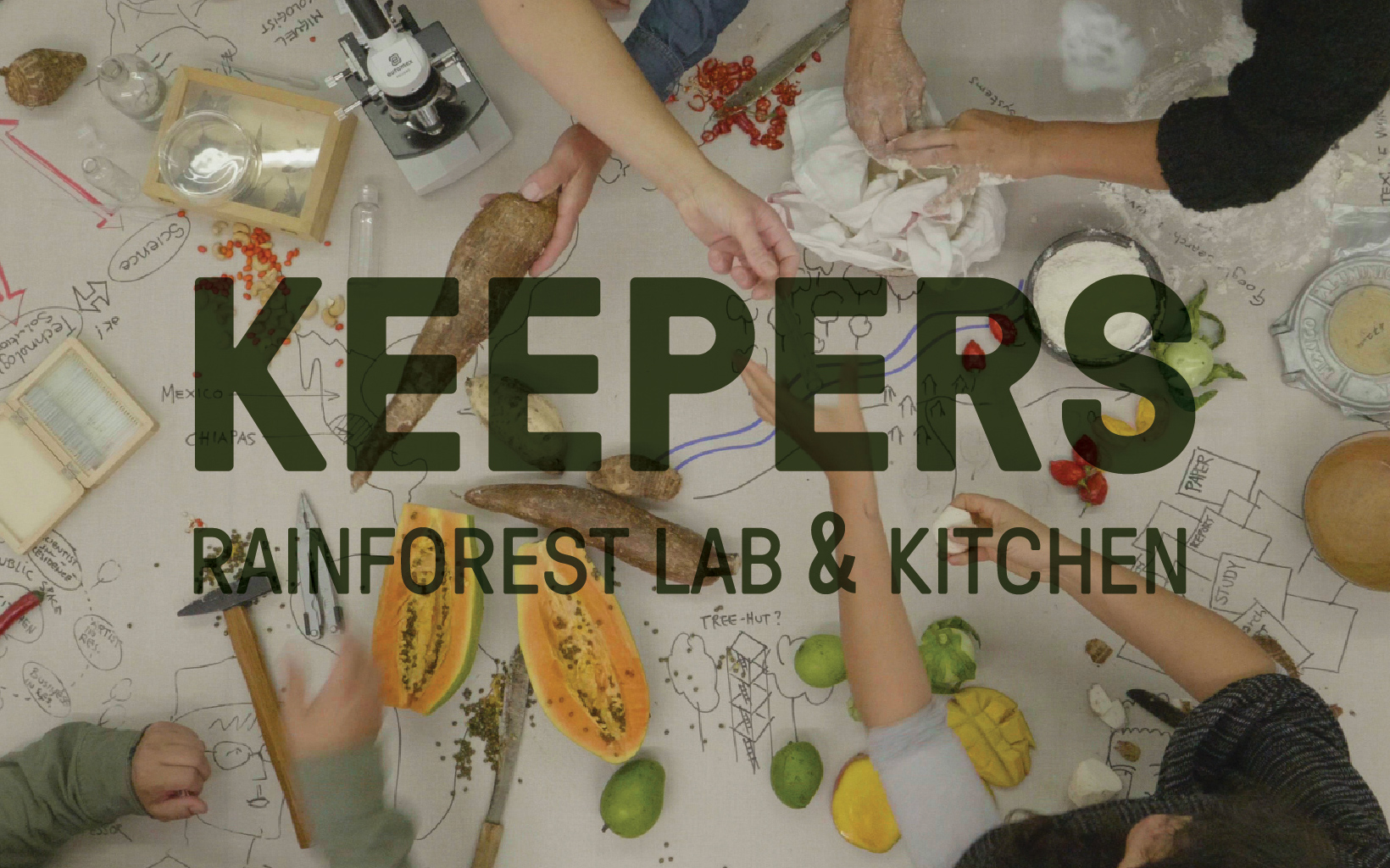
- By: Cascola Collective
- Country: Netherlands
- Approach: Communication; Products and spaces
Sharing a meal is a good start for a conversation about where our food comes from, and how the land where it’s produced can best be used and revitalised. Land management is a key aspect of adaptation and bringing together indigenous knowledge, science, cooking expertise and design offers great opportunities for this. We need more crossovers like these.
10. EvoCCon
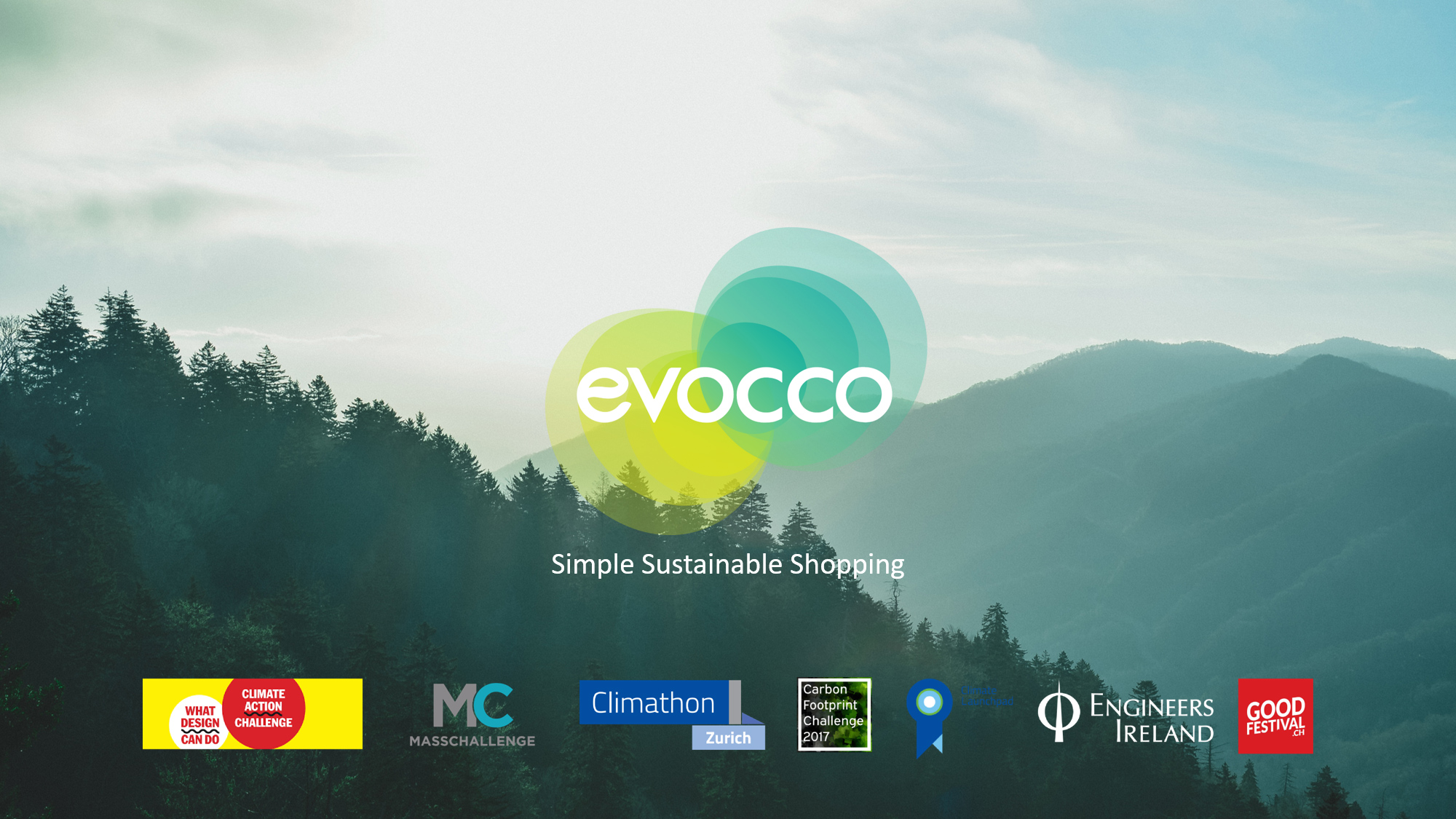
- By: Hugh Weldon
- Country: Ireland
- Approach: Communication; Services
Under a name that refers to the Latin word for ‘evoking’ or ‘luring’, EvoCCo aims to offer consumers the information to make better choices. The web-based platform can help change consumer behaviour at the point of purchase, which is potentially a game-changer since consumer behaviour is at the heart of the causes for climate change.
11. The Vertical University project

- By: Priyanka Bista, Aashi Bhaiji
- Country: Nepal
- Approach: Systems
Ancient knowledge might be able to restore the damage done to the earth. This university along the slopes of the Himalayas in Nepal encourages its students to learn from local farmers about the deep physical and biological diversity of the landscape. By bringing together landscape, community and knowledge, this project will in the end help to lower the impact of climate change.
12. Twenty
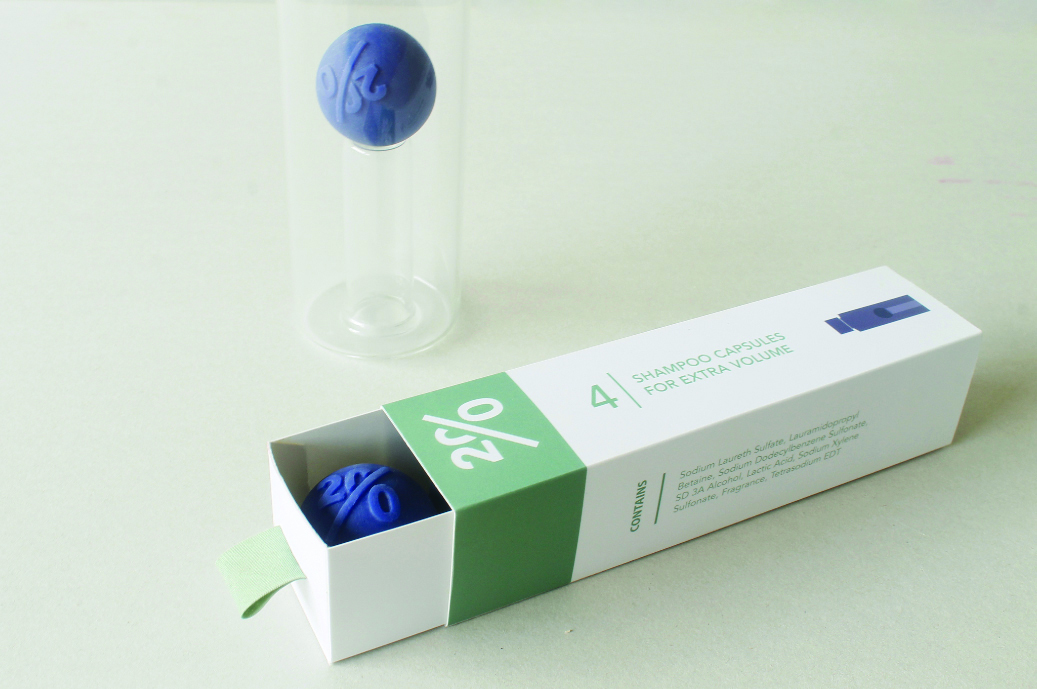
- By: Mirham de Bruijn
- Country: Netherlands
- Approach: Communication; Products and services
This project proposes shipping detergents and other cleaning products without the water they’re usually diluted in. It not only saves transport emissions, but more importantly helps raise awareness. The project could become a powerful symbol for people helping them to rethink their everyday consumption and live a lighter life.
13. The Change Rangers
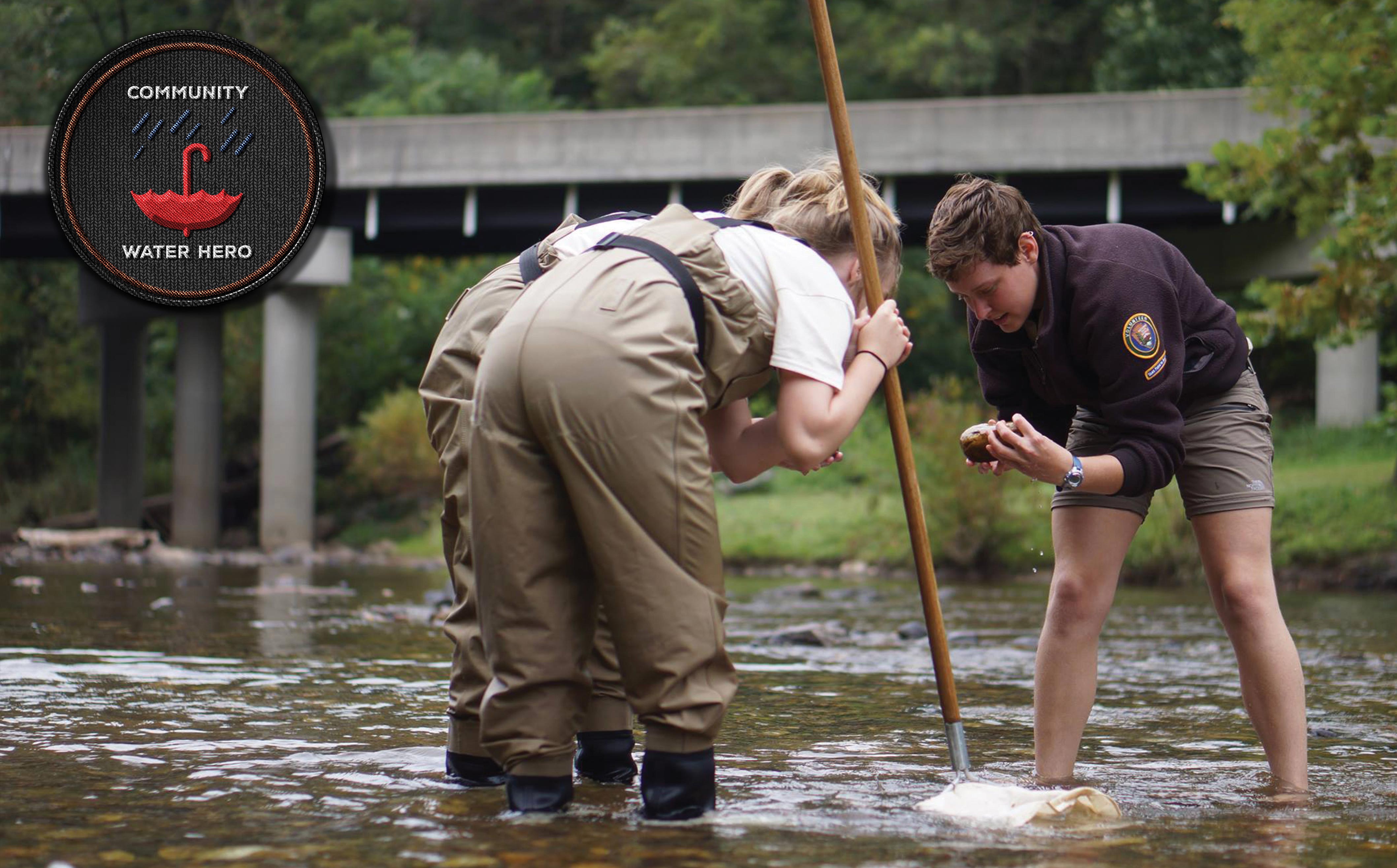
- By: Hannah Lewman, Rachel Benner
- Country: US
- Approach: Services
Building on their own experience as girl scouts, the students behind this project realised that scouting needs rebooting. Scouts used to learn how to fish, but soon there will be no more fish to catch. Taking the existing scouting system as a starting point for preparing the next generation on how to deal with a warmer world is both essential and brilliant.
Related articles:
- Sand wars: why designers should care that the world's sand is disappearing
- Be a better designer in 2018
- 5 ways to quickly transform your design ideas into reality
Contributer : Creative Bloq
 Reviewed by mimisabreena
on
Saturday, May 26, 2018
Rating:
Reviewed by mimisabreena
on
Saturday, May 26, 2018
Rating:















No comments:
Post a Comment